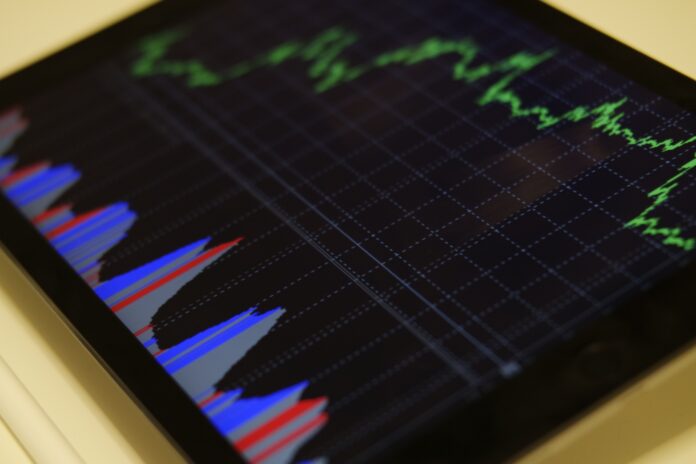Complicated algorithms, advanced technology, and various technical tools, all help an investor to do research about the financial markets and make investment decisions logically. Even though these tools are crucial, most investors make their investment decisions based on their instincts, such as optimism, fear, and greed. These instincts significantly contribute to market movements. The terms “Bull” and “Bear” represent extreme movements. These two market conditions reflect the direction of the market and you can recognize whether there will be an appreciation or depreciation in the value of the stocks. Therefore, each of these market conditions makes a unique impact on the investors’ investment decisions. So, let’s understand what are bulls and bears and how they drive the market.
What are Bull and Bear Markets?
Bull Market:
A bull market is when the prices of stocks increase by 20% or more in comparison to recent lows. This market condition occurs when there is falling unemployment, rising incomes, rising GDP, and well economy. Therefore, when this market condition occurs, you would expect an improvement in the job markets and productivity, rising profits, and greater household incomes. More information can be found here.
Characteristics:
- Investors become confident about the rise of the share prices.
- Investors tend to purchase more shares.
- Optimisticic investor sentiment.
- Lower Unemployment level.
- Corporate earnings increase.
- Economy spending increases.
Bear Market:
A bear market is when the prices of the stocks decline by 20% or more in comparison to recent highs. This market condition indicates that the unemployment level is high, GDP is falling, and the economy is not doing well. In this market condition, the number of sellers increases compared to the number of buyers and the investors become pessimistic.
Characteristics:
- Investors become pessimistic and they tend to sell the stocks instead of purchasing new ones.
- Stock prices begin to drop.
- Negative investor sentiment.
- Higher unemployment level.
- Corporate earnings decline.
- Economy spending decreases.
How Bulls and Bears Drive the Market?
Bullish and bearish markets drive market trends in different ways. As investors tend to make decisions based on their optimism, fear, and greed, these market conditions significantly impact their actions.
Investor psychology and the performance of the stock market are mutually dependent. When a bull market occurs, investors tend to participate in the market with the expectation to make a profit. On the other hand, when a bear market occurs, the investors tend to shift their equity money to fixed-income securities due to negative market sentiment. The price decline in the stock market negatively impacts the confidence of the investors and they tend to take their money out of the market. As a result, a general price decline occurs.
In a bull market, there is a high demand for securities and a weak supply as several investors want to purchase securities. This causes a rise in share prices. In a bear market, the demand is low and the supply is high as the number of sellers increases in comparison to buyers. This results in a drop in share prices. In this way, bulls and bears influence investor psychology, demand, and supply for equities, and drive the financial market.





